So you want to know when to visit the Blue Lagoon? Our expert guide is here to help you make the most of your next trip to Iceland’s most famous geothermal spa.
Knowing when to visit the Blue Lagoon
The first time I visited the Blue Lagoon, it was November, and the wind was doing its best to impersonate a hurricane. My thermal gloves proved about as useful as a chocolate teapot, and the idea of stripping down to a swimsuit felt, frankly, ludicrous. But as soon as I dipped into that ethereal blue water, with steam curling upwards like a witch’s brew, I understood why over 700,000 people visit every year.
The Blue Lagoon isn’t just a random hot spring. This geothermal spa, located in a lava field near Grindavík, owes its existence to a nearby power plant (yes, really). Its mineral-rich waters, naturally heated to 37–39°C, are said to be great for your skin, particularly if you have conditions like psoriasis.
But while the water remains warm year-round, your experience can vary dramatically depending on when you go. From winter’s snowy charm and the glow of the Northern Lights to summer’s Midnight Sun, timing can make or break your visit.
So, how do you choose? Let’s dive in.
One of the best things about visiting the Blue Lagoon is that it’s close to Iceland’s main airport, so you can visit at the start or end of your trip. However, hotel check-in timing can vary greatly, so ensure this fits with your travel schedule.
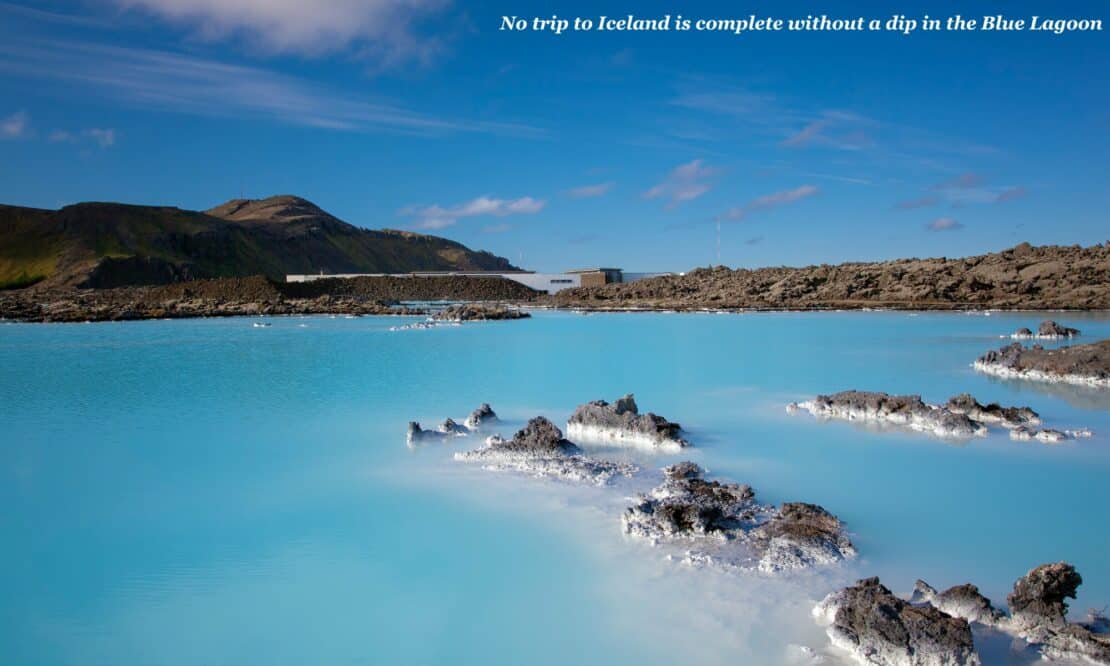
When to Visit the Blue Lagoon: Understanding the Blue Lagoon Experience
To truly appreciate the Blue Lagoon, it helps to know a little about what makes it so special – and no, it’s not actually a natural phenomenon (I was surprised too). The lagoon is man-made, its mineral-rich waters originating as a byproduct of the nearby Svartsengi geothermal power plant. While that might not sound glamorous, the result is astonishing: silica, algae, and minerals give the water its distinctive milky blue colour and purported skin-healing properties.
What makes the Blue Lagoon so enduringly popular is its unique combination of otherworldly aesthetics and modern comfort. You can drift through warm, steamy water surrounded by ancient lava fields, then pop into a chic spa to sip a Skyr smoothie. It’s less about “roughing it in the wild” and more about relaxing in style, whether you’re after a quick dip or an indulgent day of massages and mud masks.
Open year-round, the lagoon maintains a toasty temperature of 37–39°C, making it one of the few places where you’ll actually want to get wet in an Icelandic winter. But there’s more to the experience than just slipping into the water – it’s about the contrast. Warm vs cold, light vs dark, rugged lava vs soothing spa. It’s this blend of extremes that makes the Blue Lagoon stand out from geothermal spots across the globe.
Need more Iceland recommendations? Check out our ultimate Iceland bucket list.
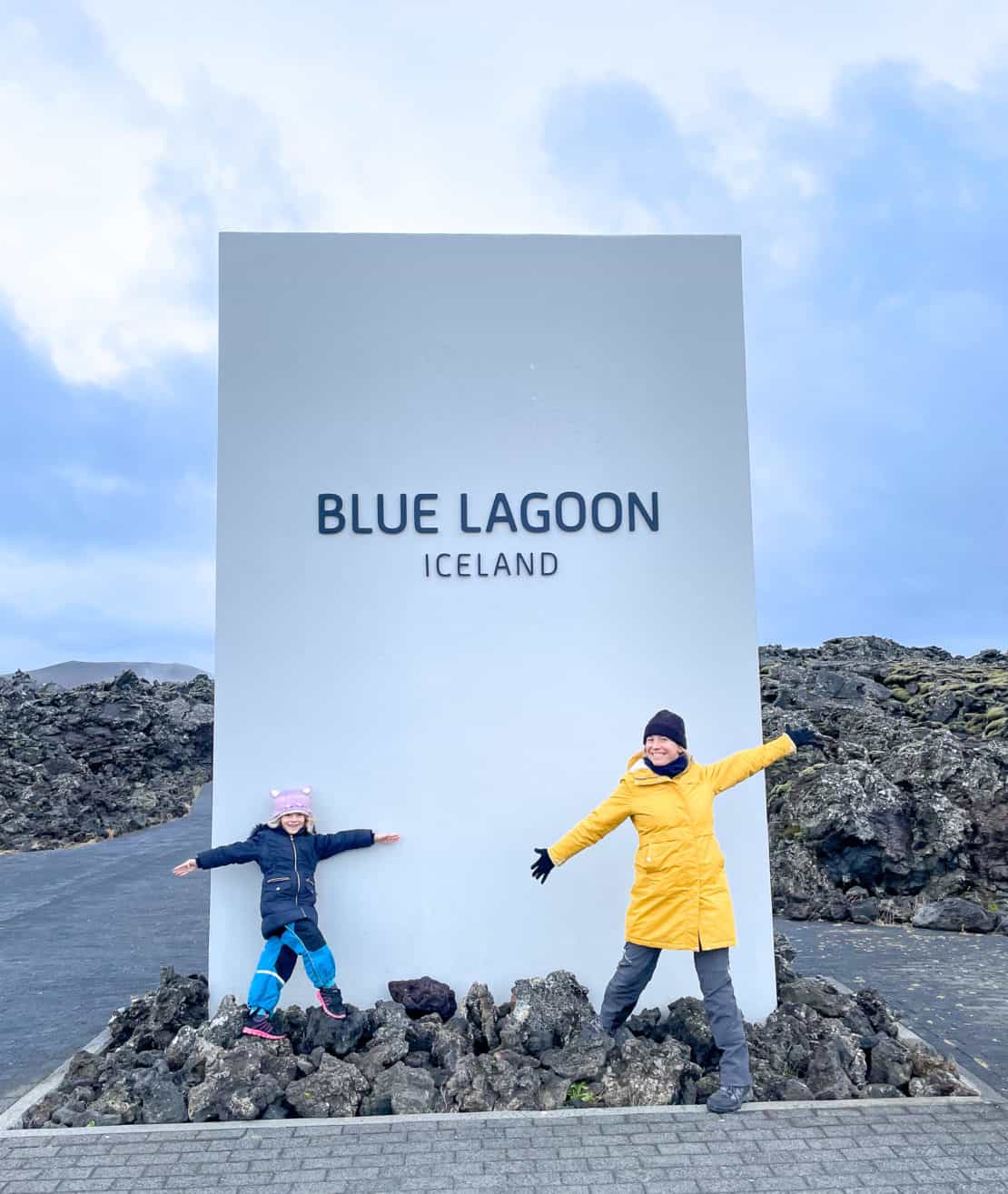
Seasonal Overview: When to Go?
The Blue Lagoon’s beauty is constant, but your experience will shift with Iceland’s distinct seasons. Long summer days bring a sense of energy and ease, while winter cloaks the lagoon in a magical stillness. Here’s what to expect throughout the year:
Winter (November to February)
Picture this: snowflakes landing on the water’s surface as steam rises into the frosty air. Winter transforms the Blue Lagoon into a scene straight out of a Nordic fairytale. It’s also one of the best times to catch the Northern Lights, with darkness stretching across most of the day.
However, that same darkness limits sightseeing opportunities, and temperatures outside the water can be, let’s say, invigorating. If you go, pack warm layers, allow extra time for icy roads, and aim for an evening soak to maximise your chances of an aurora-filled sky.
Spring (March to May)
Spring is the season of transition in Iceland. The snow begins to melt, revealing mossy lava fields, and the days start to lengthen. It’s a quieter time to visit, with fewer tourists than in summer.
The weather, though, is unpredictable. You might get a crisp, sunny day or one full of sideways rain – sometimes both within an hour. Still, there’s a certain charm in the wild unpredictability of spring. And if the weather is too awful, there are always indoor steam rooms and an indoor relaxation area. Although, that is rather missing the unique experience.
Summer (June to August)
If you’re after convenience and long daylight hours, summer is your season. The Midnight Sun bathes the lagoon in soft, golden light well into the night, making it ideal for those who enjoy leisurely days and spontaneous dips.
But with popularity comes crowds. Expect queues, higher prices, and a livelier atmosphere. Early morning or late evening visits can help you dodge the peak times.
Autumn (September to October)
Autumn offers a sweet spot between summer and winter. The crowds thin, the weather remains relatively mild, and the autumnal colours provide a stunning backdrop.
Plus, as the nights grow longer, your chances of spotting the Northern Lights increase again. It’s also a great time for combining a Blue Lagoon trip with Iceland’s many seasonal festivals and cultural events.
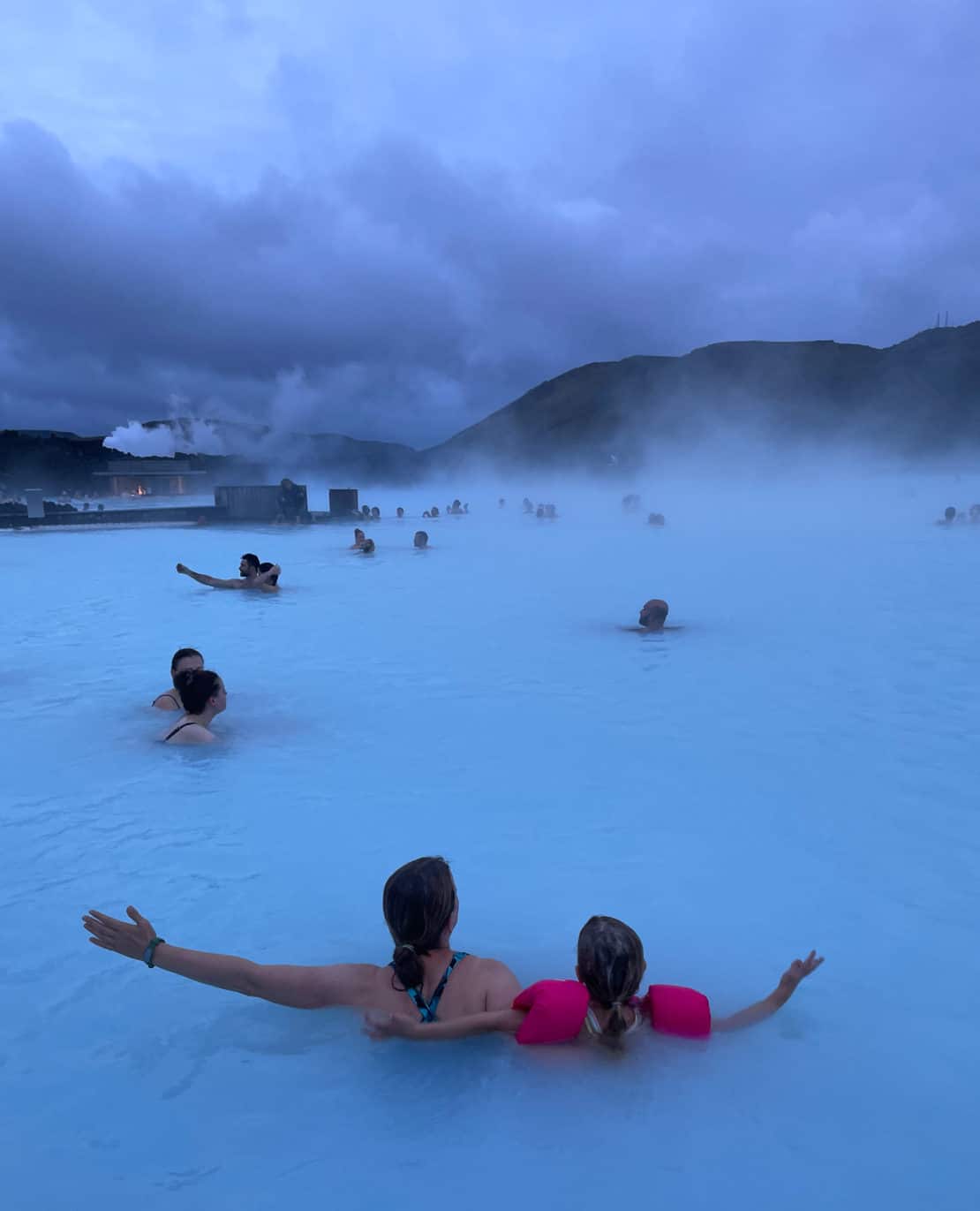
Factors to Consider When Planning Your Visit
The Blue Lagoon’s appeal goes beyond its mineral-rich waters – it’s about crafting an experience that feels personal to you. Timing is only part of the equation; here are the key factors to consider when planning your visit.
Crowd Levels
The lagoon is one of Iceland’s most popular attractions, and with good reason. But popularity has its price: peak times can feel a little too cosy. For a quieter experience, aim for early morning or late evening slots, especially during the summer months. Visiting during the shoulder seasons – spring and autumn – can also mean fewer people, giving you more space to float peacefully.
Daylight and Weather
Daylight hours in Iceland are as dramatic as the landscape itself. In summer, you can soak under the Midnight Sun, while in winter, the lagoon’s lights create a magical glow against the darkness. Weather, though, is famously unpredictable. Pack layers, plan for all eventualities, and embrace the ever-changing conditions – it’s part of Iceland’s charm.
Photography Opportunities
If you’re visiting with your camera (or smartphone) in hand, timing is everything. Winter offers soft, muted light with a moody atmosphere, while summer delivers bright colours and endless golden-hour potential. Just remember, steam can make capturing that perfect shot tricky – sometimes, it’s better to set the phone aside and simply enjoy the moment.
Enhancing Your Visit
The Blue Lagoon isn’t just about soaking in warm water; there are ways to elevate the experience. Consider indulging in an in-water silica mask or upgrading to a premium package for extra perks like plush bathrobes and private changing rooms (it can be a bit of a scrum to reach the normal locker rooms.)
If you’re after total tranquillity, the Retreat Spa offers exclusive areas and treatments away from the main pool. Then, there is the swim-up bar, which serves both non-alcoholic drinks and alcoholic beverages. If you’re there for a long time, check out the Lava restaurant for food and a drink of your choice.
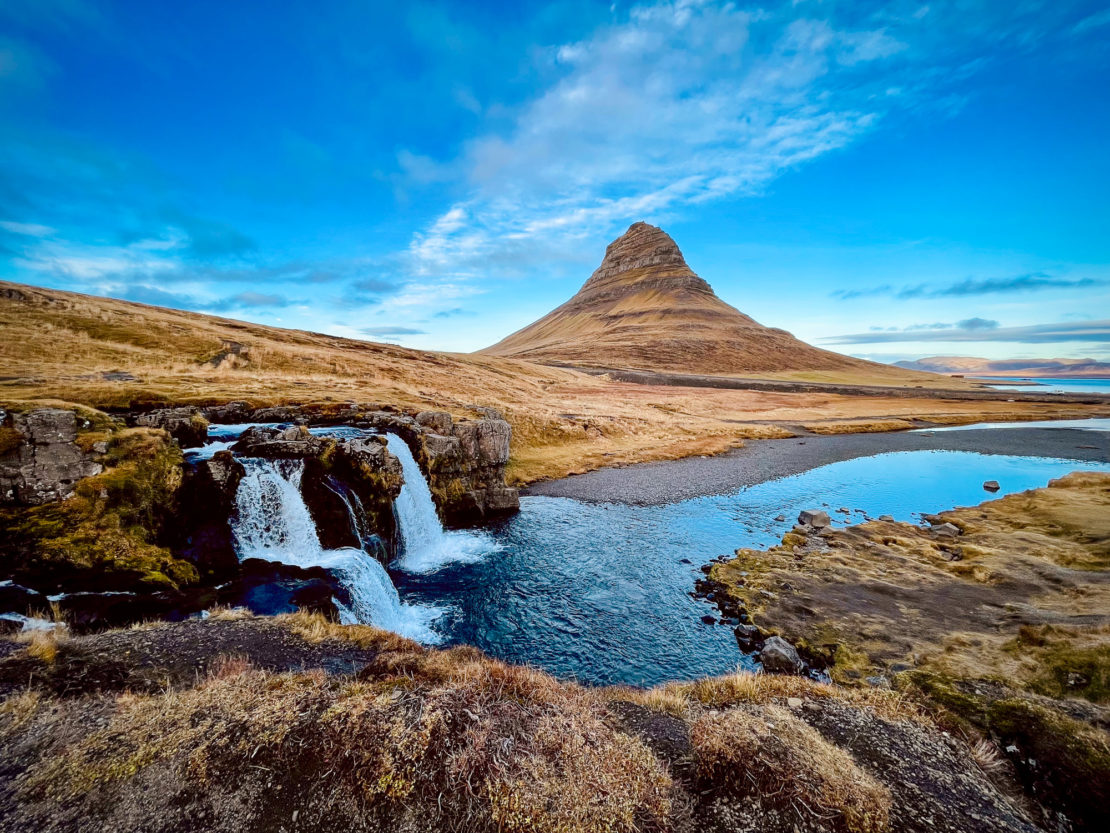
Aligning Your Visit with Your Itinerary
The Blue Lagoon is conveniently located near Keflavík International Airport, making it an ideal first or final stop on your Icelandic adventure. Whether you’re unwinding after a flight or capping off an Iceland road trip, timing your visit around your travel schedule can make all the difference. From the Golden Circle with kids to the Snaefellsnes Peninsula, see how you can fit in a visit to Iceland’s Blue Lagoon with our travel Iceland tips at the end of the article.
Special Considerations
A visit to the Blue Lagoon is more than just a dip in geothermal waters – it’s an opportunity to tailor an iconic experience to your needs. Whether you’re travelling solo, with family, or for a specific purpose, here are some extra things to keep in mind.
Health Benefits and Precautions
The lagoon’s mineral-rich waters, particularly its silica content, are said to benefit the skin, making it a popular spot for those with conditions like psoriasis. That said, the water’s unique composition can dry out long hair, so it’s worth slathering on conditioner before your soak (and keeping your head above water if you’re particularly protective of your locks). For those with sensitive skin, the lagoon is generally gentle, but bringing your own skincare products for aftercare can’t hurt.
Family Travel
Bringing children along? The lagoon is family-friendly but not necessarily a playground. Entry is permitted for children aged two and up, and flotation devices are available for free. However, if you’re travelling with younger kids, it might be worth visiting during quieter times to avoid the hustle and bustle. Keep in mind that children under the age of eight are required to wear arm floats for safety. You can find more tips on how to travel Iceland with kids here.
Cultural Tie-ins
Iceland has a deep connection to its geothermal resources, and the Blue Lagoon offers a modern interpretation of that bond. For a richer experience, consider pairing your visit with other geothermal attractions like the nearby Reykjanes Peninsula or a traditional Icelandic hot spring. You might also align your trip with a local event – such as the Reykjavík Arts Festival or an Icelandic music celebration – for an added cultural layer.
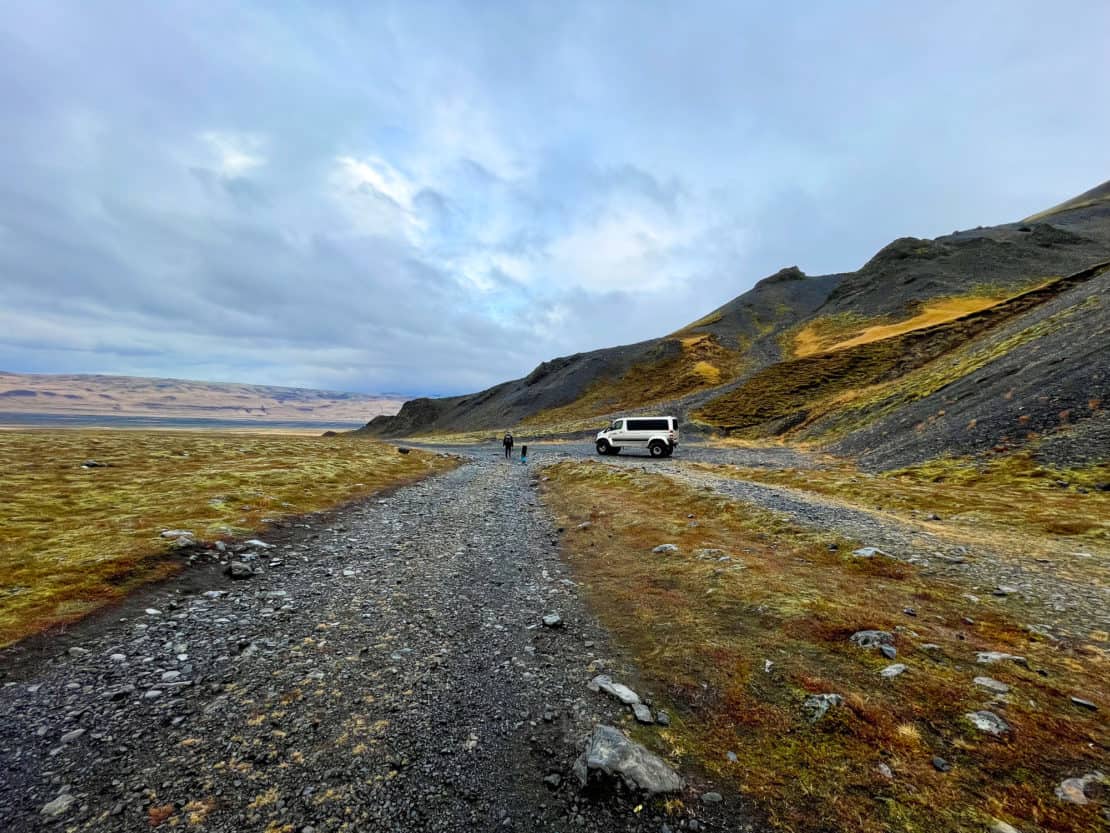
Practicalities for a Stress-Free Visit
- Booking: The Blue Lagoon operates on a timed-entry system, and time slots often sell out weeks in advance. Book early to secure your preferred time.
- Packing: Bring a bathing suit (though you can rent one on-site) and consider flip-flops for navigating the wet areas. Towels and robes are included in some ticket options but not all, so check ahead. At the risk of stating the obvious, it is cold in the winter months so although the water temperature is fine, it’s useful to have something to throw over your skin when you get out. You don’t need to worry about hair dryers and you will find complimentary shower gel.
- Shopping: Leave time to visit the gift shop if that is your thing.
- Accessibility: The lagoon is well-equipped for visitors with mobility challenges, including accessible changing facilities and pool access.
Final Thoughts on When to Visit the Blue Lagoon Iceland
Whether you dream of soaking under the Midnight Sun, marvelling at the Northern Lights, or simply savouring a peaceful, off-peak escape, there’s a time of year that’s perfect for you.
Winter wraps the lagoon in an icy fairytale, while spring offers a quiet calm before the summer rush. Summer brings endless daylight and a buzz of activity, and autumn strikes a balance with fewer crowds and the return of the auroras. Add to that the lagoon’s year-round warm waters and luxurious spa options, and you have a destination that never truly goes out of season.
With all that said, if the timing doesn’t work out or you don’t want to pay the price for a premium ticket, don’t forget that there are many natural hot springs with public swimming pools across Iceland. The milky-blue waters of the Blue Lagoon may be the most famous but that doesn’t necessarily make it the best place to splatter on a silica mud mask and float in soothing waters. You can find other geothermal pools here.
Ultimately, the best time to visit the Blue Lagoon depends on what you’re looking for – a tranquil retreat, a family adventure, or an unforgettable end to a day of exploring Iceland’s dramatic landscapes. Whatever you choose, one thing is certain: the moment you sink into that steaming blue water, the world fades away, and Iceland works its magic.
So pack your swimsuit, plan your timing, and get ready to experience one of the planet’s most unique and relaxing destinations. The Blue Lagoon awaits.




